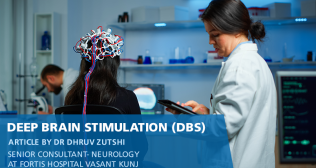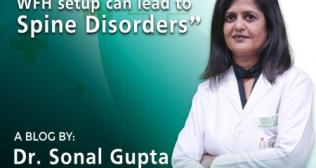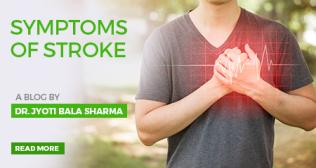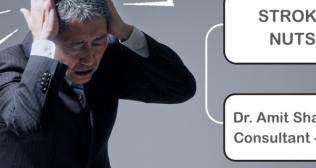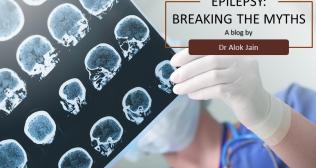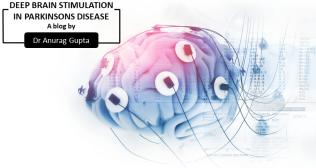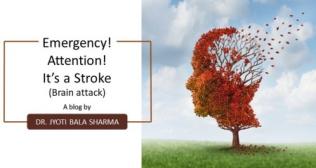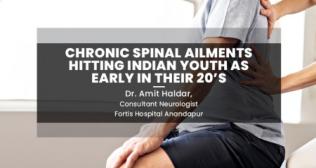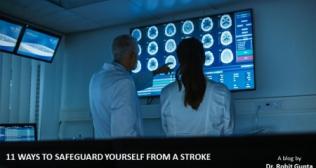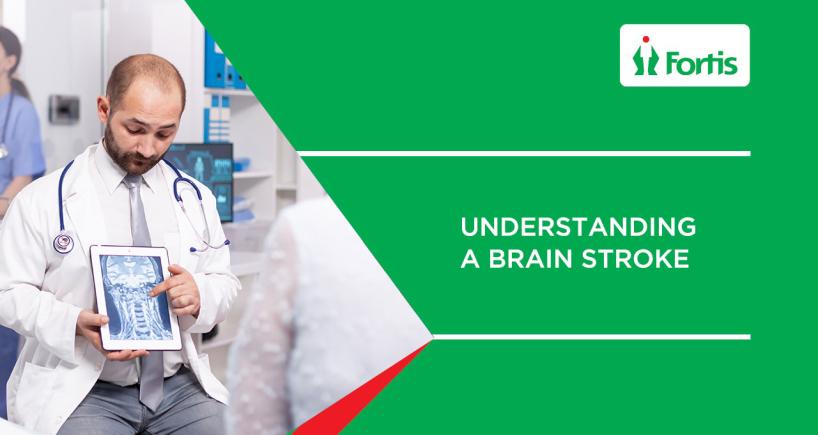
Understanding a Brain Stroke
Some of us might have witnessed some real-life scenarios of someone experiencing a stroke due to the classic warning signs that are hard to miss. So, what exactly is this neurological condition, medically known as cerebrovascular accident (CVA), and more commonly known as a brain attack. This is a disease affecting the arteries that are responsible for the blood supply within the brain and is one of the most common causes of death and at times lifelong disabilities in patients in India. There are a variety of factors that result in a stroke but are mainly concerned with the blood supply to the brain. The brain being one of the most complex and essential organs in the human body controls a variety of body functions and the occurrence of a stroke can result in the malfunctioning of the part of the body that has been affected due to the obstruction of blood flow to the region.
The types of stroke include an ischemic stroke that is caused due to a clot obstructing the blood flow to the brain. This is the most common type of stroke and occurs due to blood clots that act as blockages restricting oxygen-rich blood that is supposed to be supplied to the brain.
A hemorrhagic stroke occurs when a blood vessel ruptures and prevents the flow of blood to the brain. Due to this rupture, the leaked blood causes excessive pressure on the brain cells which leads to damage. Hypertension and certain conditions like aneurysms, a bulge that formed in the artery that would eventually burst, are some of the conditions that can cause a hemorrhagic stroke.
A transient ischemic attack, TIA, locally known as a mini-stroke is caused due to a temporary blood clot. The term mini-stroke emanates from the duration of an episode that usually lasts no more than five minutes. An episode of TIA serves as a warning sign of a possible future stroke and should be treated as a medical emergency like any other stroke. Most patients who ignore any occurrence of TIA and who do not seek medical treatment usually end up having a major stroke within a year and in some cases within three months.
A stroke causes tissues to die and leads to brain damage, disability and in some cases can prove to be fatal. Risks for stroke can be greatly reduced by making lifestyle changes to curb hypertension and cholesterol levels by the use of prescribed medication.
Who is at risk for stroke?
Just about anyone including children can experience a stroke, and having one stroke usually means that you are at a much higher risk of having another stroke. Certain parameters such as age, sex and ethnicity increase your risk for stroke and are out of the control of patients, but unhealthy habits such as alcoholism, smoking and a sedentary lifestyle can drastically increase the chances of having a stroke.
What are the signs and symptoms of a stroke?
To help recognize a stroke keeping in mind the acronym FAST can go a long way in getting timely and appropriate emergency medical assistance.
F : for face, ask the person to smile and check if one side of the face is drooping.
A : for arm, ask the person to raise both arms and check if one of the arms drifts downwards.
S : for speech, ask them to say something and evaluate if it sounds strange or normal.
T : for time, symptoms have to be reported immediately to healthcare providers and medical emergency services.
Apart from these most noticeable signs some other common signs of stroke include sudden dizziness, loss of balance and coordination. Sudden trouble in vision in one or both the eyes, or severe headache due to unexplained reasons. Numbness of the face or upper and lower extremities has also been reported in some cases. Confusion and trouble in understanding, when spoken to, is another reason to be alert.
Can you prevent a stroke?
Our medical team at Fortis Kalyan often recommends a healthy and well-balanced lifestyle that can prevent conditions such as stroke in the long run. Hypertension is the single most crucial but treatable risk factor for stroke. Medically supervised lifestyle changes and timely medication drastically reduces the risk of strokes. A diet low in sodium with balanced nutrition, maintaining a healthy weight and being physically active, avoiding smoking and alcohol and managing existing health conditions are some of the key methods to prevent an occurrence of stroke.
Categories
Clear allMeet the doctor

- Neurology | Neurology
-
13 Years
-
1400







